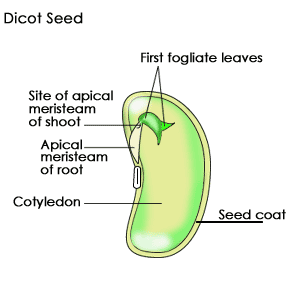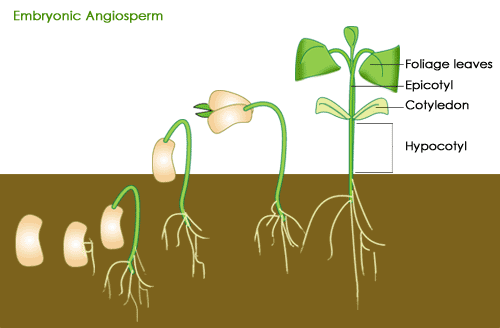Please wait while we process your payment
If you don't see it, please check your spam folder. Sometimes it can end up there.
If you don't see it, please check your spam folder. Sometimes it can end up there.
Please wait while we process your payment

By signing up you agree to our terms and privacy policy.
Don’t have an account? Subscribe now
Create Your Account
Sign up for your FREE 7-day trial
By signing up you agree to our terms and privacy policy.
Already have an account? Log in
Your Email
Choose Your Plan
Individual
Group Discount
Save over 50% with a SparkNotes PLUS Annual Plan!
 payment page
payment page
Purchasing SparkNotes PLUS for a group?
Get Annual Plans at a discount when you buy 2 or more!
Price
$24.99 $18.74 /subscription + tax
Subtotal $37.48 + tax
Save 25% on 2-49 accounts
Save 30% on 50-99 accounts
Want 100 or more? Contact us for a customized plan.
 payment page
payment page
Your Plan
Payment Details
Payment Summary
SparkNotes Plus
You'll be billed after your free trial ends.
7-Day Free Trial
Not Applicable
Renews May 4, 2025 April 27, 2025
Discounts (applied to next billing)
DUE NOW
US $0.00
SNPLUSROCKS20 | 20% Discount
This is not a valid promo code.
Discount Code (one code per order)
SparkNotes PLUS Annual Plan - Group Discount
Qty: 00
SparkNotes Plus subscription is $4.99/month or $24.99/year as selected above. The free trial period is the first 7 days of your subscription. TO CANCEL YOUR SUBSCRIPTION AND AVOID BEING CHARGED, YOU MUST CANCEL BEFORE THE END OF THE FREE TRIAL PERIOD. You may cancel your subscription on your Subscription and Billing page or contact Customer Support at custserv@bn.com. Your subscription will continue automatically once the free trial period is over. Free trial is available to new customers only.
Choose Your Plan
This site is protected by reCAPTCHA and the Google Privacy Policy and Terms of Service apply.
For the next 7 days, you'll have access to awesome PLUS stuff like AP English test prep, No Fear Shakespeare translations and audio, a note-taking tool, personalized dashboard, & much more!
You’ve successfully purchased a group discount. Your group members can use the joining link below to redeem their group membership. You'll also receive an email with the link.
Members will be prompted to log in or create an account to redeem their group membership.
Thanks for creating a SparkNotes account! Continue to start your free trial.
We're sorry, we could not create your account. SparkNotes PLUS is not available in your country. See what countries we’re in.
There was an error creating your account. Please check your payment details and try again.
Please wait while we process your payment

Your PLUS subscription has expired
Please wait while we process your payment
Please wait while we process your payment

The Seed
The seed, which surrounds the plant embryo and protects it from desiccation in the uncertain conditions of a terrestrial environment, is one of the adaptations that has allowed plants to thrive as they gradually moved from water to land. Each seed consists of an embryo, food source, and protective outer coat; it can lie dormant for some time before germinating, waiting until environmental conditions are right.
The two classes of seed-bearing plants are gymnosperms (conifers) and angiosperms (flowering plants). The composition of the seed varies by type of plant. As discussed in Plant Classification, Gymnosperms, the gymnosperm ovule develops into the seed after fertilization takes place. The tissue of the female gametophyte within the ovule, where the egg cell was generated, surrounds the developing embryo and becomes its food source. The integument (outer surface) of the ovule becomes the seed coat.
The seeds of angiosperms are somewhat different from those of gymnosperms (see Plant Classification, Angiosperms. In angiosperms, the food source for the seed is derived (in a process called double fertilization) from a triploid nucleus that is formed during fertilization alongside the creation of the zygote. This triploid nucleus gives rise to a starchy substance called endosperm, which nourishes the developing embryo, and, in dicots, the seedling. Angiosperm seeds, which develop from ovules, are also distinguished from gymnosperm seeds because they are enclosed in protective ovaries. These ovaries, which are derived from carpels (modified leaves) on the flower, develop into fruit after fertilization. The fruit provides added protection against desiccation of the embryo and aids in its dispersal by wind and animals.

As the angiosperm seed develops, so do the cotyledons, or seed leaves. Monocot embryos have one cotyledon, while dicot embryos have two. At the same time, embryonic "shoot" and "root" develop as well; taken together, they are called the embryonic axis. The part of the embryonic axis located above the point of attachment of the cotyledon(s) is called the epicotyl, and is destined to become the shoot. The embryonic axis below the cotyledon attachment site is called the hypocotyl, and is the progenitor of the root.

Please wait while we process your payment

